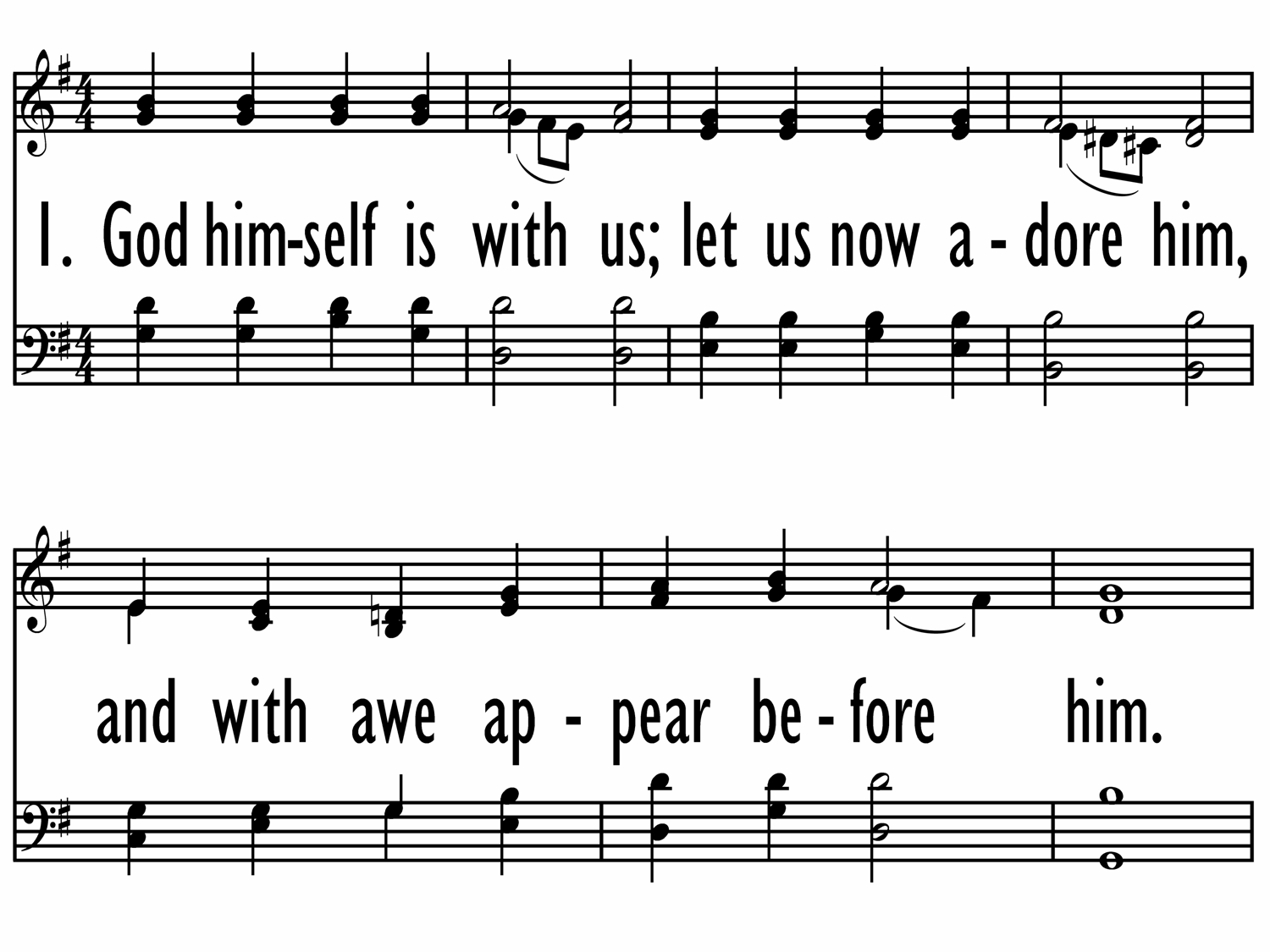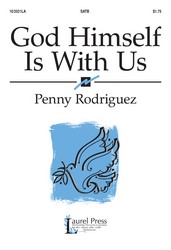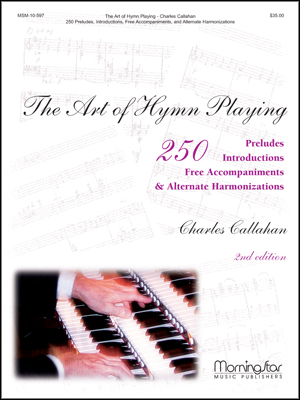- |
User Links
God Himself Is with Us
Hymn Information
- First Line
- God himself is with us
- Alterer
- Gerhardt Tersteegen (1729)
- Text Source
- tr. composite
- Tune Name
- ARNSBERG (WUNDERBARER KÖNIG)
- Composer
- Joachim Neander (1680)
- Topic
- God's: Will · Praise of God · Hymns About Worship · Elements of Worship: Praise and Adoration
Copyright Information
- Text Copyright
- Public Domain
- Tune Copyright
- Public Domain
- Reprint/Projection Information
- Words and Music: The Words and Music are in the Public Domain; you do not need permission to project or reprint the Words and Music.
Full Text
Scripture References
Further Reflections on Scripture References
Stanzas 1 and 2 summon worshipers to praise and adore God, and stanza 2 (with an allusion to Isa. 6) begins a prayer for sanctification that continues through stanza 3. Though judged inadequate when compared with Tersteegen’s mystical original, the translation (with the current selection of stanzas) is a favorite in many hymnals. While many of Tersteegen’s hymns may be more suitable for private meditation, this one is a fine vehicle for public praise of God.
Bert Polman, Psalter Hymnal Handbook
Confessions and Statements of Faith References
Further Reflections on Confessions and Statements of Faith References
Sometimes the soul of the Christian needs to cry out exuberantly with joy, thanks, and adoration, even without identifying the reasons for such praise and adoration. Moreover, Christians who gather corporately find it fitting to do so as the grateful body of Christ. The Confessions of the church recognize this natural expression. Belgic Confession, Article 1 sees God as the “overflowing source of all good,” and such a realization deserves an “Alleluia!” Heidelberg Catechism, Lord’s Day 1, Question and Answer 2 is a reminder that living in the joy of our comfort involves a spirit of thanks for his deliverance. In the same spirit, Our World Belongs to God, paragraph 2 exclaims, “God is King: Let the earth be glad! Christ is victor: his rule has begun! The Spirit is at work: creation is renewed!” and then as a natural response cries: “Hallelujah! Praise the Lord!”
God Himself Is with Us
Tune Information
- Name
- ARNSBERG (WUNDERBARER KÖNIG)
- Key
- G Major
- Meter
- 6.6.8.6.6.8.6.6.6


 My Starred Hymns
My Starred Hymns






